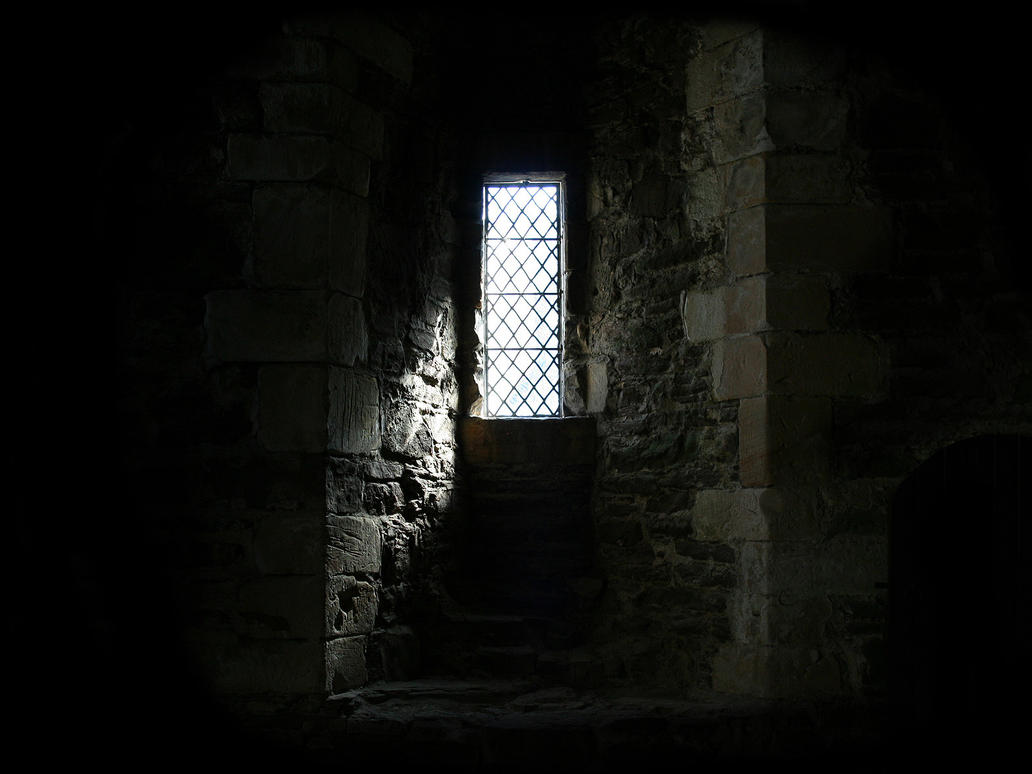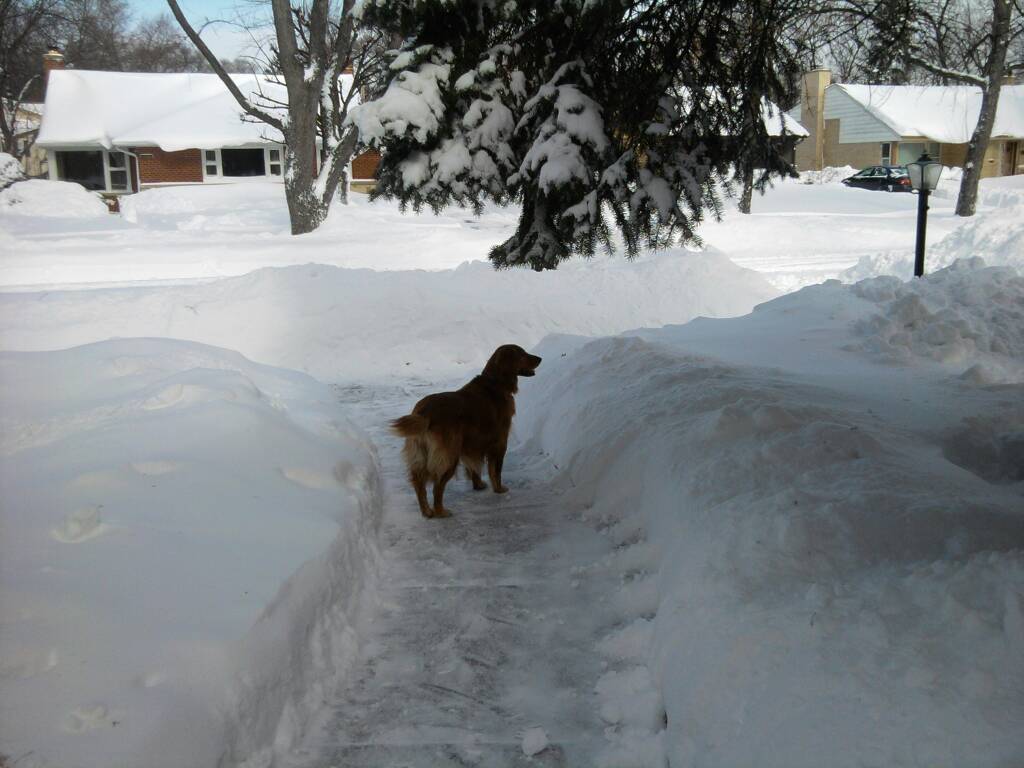The important thing is the package manager really. Then you can install and uninstall whatever DE you want
Actively choosing a package manager is way beyond a Linux beginners capabilities IMHO.
I agree with this, which is kinda why distro is more important than DE at the end of the day.
Not a hot take at all. Asking someone to go from a GUI heavy operating system to a command line heavy one and be just as productive is lunacy. Like all major changes it is important to ween off the old thing.
My biggest hurdle with the switch has been permission related issues, and you can’t deal with those cleanly with a UI, and every help thread under the sun throws out a bunch of command line commands giving a solution without explaining why those changes are needed. It may seem like Unix 101 to experienced Linux users, but it is really cryptic to newcomers coming from operating systems that are…cough more lenient with their permissions.
There is also a mentality that UIs are much more idiot proof than command line. UIs are written by people who actually know the OS so we can’t accidentally delete our home folder because of a typo. It is a very legitimate concern.
Not really, the vaaaast majority of PC users don’t need the linux commandline.
Yesterday morning i installed Mint xfce on an old laptop.
I wanted to install synaptics drivers for the touchpad because i use the trackball as mouse but need the touchpad for clicking. Something that isnt configureable in the default driver.
When i copied an example config file and added my line, i rebooted the computer.
The GUI broke because in the example config file, there were “…” To indicate writing further options, but xorg couldnt interpret or ignore it, so i had to figure out how to edit textfiles in the command line.
No fun times, and definetely a risk for new users.
This story is literally every experienced Linux users first horror story.
I still remember the first time I broke my xorg config on my shiny new slackware 10 install in early 2005.
It’s so common there’s an XKCD about it.
I agree, BUT that is only because the average windows user never even had to bother with permission. I find permissions on Linux A LOT easier to handle than on Windows. Basically the way Windows does permissions is garbage, so they made it so that people can just do whatever so they won’t complain about permissions. That is… one way of doing things, I guess.
deleted by creator
Do any of those actually match this one? I looked through the first few pages, and there was nothing related to Linux.
You are correct, which is why I deleted it about a minute after I posted it. Unfortunately deletion of a comment does not propagate to other instances as well as creating one.
Which does not change the fact that this “hot take” IS a repost.
I didn’t mean to plagiarize but if I did I apologize
it is not about plagiarism as in “stealing someone’s ip” but about the fact that being a repost is in itself a proof that is not not really that hot take.
i love K⭐D⭐E
i read that like it was in the history of the world video
KDE FTW!
Arguably you can’t beat Debian + KDE
Aktually, I prefer Arch + KDE. I say if you like your current desktop, then stay with it. I’ve hit the sweet spot with what I’ve got because I love the AUR, pacman, and paru.
Arch btw
I’ve used Arch before and I still keep an Arch distrobox container but my current usage requires stability.
deleted by creator
Tbh i do this for over half a year now and only had 2 issues were I had to reinstall the kernel after an update via a chroot
Maybe installing system packages through the AUR was a mistake but it’s so tempting
OpenSUSE + KDE
Another very good option
I feel you. I don’t agree but I feel you.
And I have installed hundreds of opensuse systems, many for new linux users.But that was my choice as the sysadmin (well really one of my predecessors some decades ago). It isn’t as amazing for self-administering newbies.
Just became a first time user (~48 hours ago) of KDE on Sparky distro and I’m pretty impressed.
Well sure. My approach for looking for a distro was usually “which ones have KDE and pacman” and after that I start comparing.
And for me, AUR.
Which distribs have pacman but not AUR?
I just wanted to mention that if a distro (somehow) had AUR but not pacman, I wouldn’t care.
Too a certain point. I’ll give you that this applies to the Debian and Ubuntu distro. Gentoo, on the other hand, is a completely different animal and will have a far greater impact on user experience than the DE.
You look at your DE all day and your distro holds everything together. Op didn’t say distro is unimportant and I agree it makes sense for new users to look at images and videos of different desktops first, maybe try a live cd, and then choosing the backend that suits their willingness to interact with.
If your electricity and time are cheap, you want to learn and your pc-system is your playground not a productivity tool, Gentoo is a valid option. In this case, your choice of DE impacts your compile time massively and knowing alternatives beforehand gives you options.
side note i like the use of calvin over that other guy
yeah fuck crowder
Crowder’s one of my favorite musicians… Oh wait, different Crowder.
Music Crowders’s good. Who’s this other Crowder?
The louder one.
Wdym? I legit don’t know (I’m not exactly up-to-date with the current (presumably american) news)
deleted by creator
Ah that guy-- I only knew of him from the meme template. He looks to be one of those people who call themselves “christians” and then do none of what Jesus said.
Steven Crowder, the assshole from Louder with Crowder. If you don’t know about him you’re lucky.
Honestly in this case it’s fine not knowing.
How come? Like who is he? what’d he do?
don’t fuck him tho
deleted by creator
That Covfefe got cold a long time ago.
I don’t disagree, but it’s so much easier to change environment: just logout and login with the new environment.
Well if you really want it, you don’t even need to logout, but that is not the point…
Just installed Mint to try it out because it looks similar to Windows. Don’t judge me.
Installed it on a thin client instead of win10 iot for the same reason, basic functionality all there, being used as a media streaming browser machine, no regrets.
Had previous experience with fedora and others many years prior, definitely can tell how far it all progressed since
I installed Mint for the sake of trying it and I quite liked Cinnamon, but after that I did some distro and desktop hopping, I will not go back until it has proper Wayland support.
It has proper Wayland support.
Cinnamon? If you’ve seen the news that it’s getting Wayland support, it doesn’t mean it has now or anywhere in the near future.
deleted by creator
Here is an alternative Piped link(s):
Piped is a privacy-respecting open-source alternative frontend to YouTube.
I’m open-source; check me out at GitHub.
Oh I’ve judged you! And I find you guilty of making an acceptable decision that suites your preferences.
The sentence, however, is still death.
To be carried out in 3283745405.
I’ll get the pool noodles!
i wonder how good noodles would be if they were made in a pool
I’ve been using Linux in different capacities since the late 90s. I use Mint with Cinnamon because it’s stable, does all I need and I don’t need to fuss with it. You’re more than fine.
on a related note, help I’m too used to my i3wm config and now I cant switch to wayland at all, what do I do when xorg gets fully depreciated
I’ve heard sway is a drop in replacement of i3 for wayland. Only going off what I’ve heard though since I haven’t tried it myself
Sway is basically the wayland version of i3. I’ve switched to wayland on my new laptop and learning sway after using i3 for years has been relatively easy.
Yeah, the config syntax is exactly the same. The major difference is the wayland version of various programs can be hard to figure out with out some decent google-fu.
I’m on BSPWM on X11, but have been trying river wm and that is a much less friendly conversion than i3 to sway. I’d convert entirely were it not for certain applications still not quite working on wayland without considerable configuration (wacom tablet drivers don’t work, screenshottung and eyedropper tools are available but still need more work to be feature comparable with equivalent tools on X11).
And I’m using proprietary NVIDIA drivers which are currently stuttering real bad on the wlroots protocol since driver update to 545 (sway/river both stutter bad whenever lots of movement on the screen, I’ve tried many tweaks to my environment variables to no avail).
So…just gonna wait for app, wayland, nvidia devs to eventually make the migrate worth while.
Wayland being so Nvidia hostile while Nvidia is the only name for AI is kind of a kick in the balls
I’m not sure if it is, but I don’t see it as a hot take. And it sounds reasonable, specially when some distros offer different “flavours” out-of-the-box, and offer you the option of different DEs before you even installed it.
Fair. But “Lukewarm take” just doesn’t have the same punch.
It’s certainly not a hot take. Every “which distro should I try thread” is just a discussion of the different DEs out there. I would like to hear about different package managers. I always seem happiest with apt, and I don’t know why.
Not a hot take, I keep saying the same thing in different threads. I was not able to switch to Linux for years before I understood that I have problems with Gnome not with Linux itself, tried KDE and given I was migrating from Windows it clicked immediately.
After you gain some experience, DE becomes mostly irrelevant, but it is crucial for starting off in an unfamiliar environment.
I switched back to Linux about a year ago after taking about a 10 year break, and I installed gnome without even considering another option (because it’s good enough right?)
It’s completely different than what I remember and I hate it. I want to switch to something else but that is now a “someday” project.
I remember when it had a cute footprint where the “start button” used to be. It’s so different. I should have went with xfce or something. Maybe I should try cinnamon.
Cinnamon is the most Windows like DE, even more so than default KDE Plasma. Specially since the Mint team went the extra mile to make the OS settings and configuration 100% UI based in a Windows-lite way. It’s currently the perfect Linux noobie distro.
the DE is very important unless you have A LOT of free time and REALLY WANT to see something different from what youre used to.
my first distro (other than ubuntu in school computers, but we dont talk about those) was fedora server minimal install, where i installed dwm and had fun using it. i had just switched from windows and was happy to have so many options, even though i had (almost) no linux experience before. after trying most of the big DEs and distros, i ended up on arch with xfce, which i have been using for more than a year now.
most people really should go slower and try things step by step, as what i did would be really weird for anyone that tried it …probably
For short-term comfort yes, though eventually the hassle of switching may outweigh that, and some users may prefer a longer-term view?
Nowadays they’re so many options, GNOME and Plasma are nice, but heavy, same for DDE(Deepin) and others fancy DEs I know why it’s heavy, but xfce and lxqt looks better on my PC, xfce you can make looks beauty and fast too
For the WM guys: I’ll try some day, for now only DEs :3
Try hyprland, learn the shortcuts, and you never want a DE again.
I knew only a MW would reply lol
For new Linux users choosing a distro IS choosing a desktop environment. Installing a new DE that’s different from the default is not a day one Linux task, so the default for the distro is what matters. Yes. the DE is the most important factor in choosing a distro, but saying that means the distro doesn’t matter is just fundamentally incorrect and unhelpful.
I don’t thibk op intended to imply that new users instal a new DE on whatever distro they choose, but rather it’s clunky to explain that they should prioritize DE when choosing distro. like, imagine a new users asks what distro they should start with, I believe op is advocating we say “anything that uses KDE by default” (or gnome or xfce etc). plenty of distros have derivatives that are basically the same but use a different DE, so it’s pointless to suggest one over the other when a new user is just going to use the DE to do everything graphically anyway.
That’d be nice and all, but they still have to pick a distro. You can’t just install KDE without a distro. A good KDE implementation just becomes one of their considerations. If you don’t suggest one over another they’ll probably just stick with Windows due to analysis paralysis.
Really? On my distro it’s
services.xserver.enable = true; services.xserver.displayManager.sddm.enable = true; #enable KDE services.xserver.desktopManager.plasma5.enable = true;And you can just comment out the gnome line
You can get even more fancy and have a boot option for both with specialisations!
specialisation.KDE.configuration = { services.xserver.displayManager.lightdm.enable = false; services.xserver.desktopManager.cinnamon.enable = false; services.xserver.displayManager.sddm.enable = true; services.xserver.desktopManager.plasma5.enable = true; };
But let’s not pretend NixOS is in any way beginner friendly.
1, that’s not something a day one Linux user would understand, and you shouldn’t encourage people to use commands they don’t understand.
2, I guess you’re arguing that distro is important, so thanks for agreeing with me.
It literally says enable plasma 5, how is that hard to understand?
On Ubuntu it’s just
sudo apt install kde-plasma-desktop. I guess that means you think it’s even easier there and everyone understands all the implications of that and nothing could possibly go wrong?There are no implications to installing anything in NixOS because you can go back to a previous state at any point.
Running the software might change your settings, but can’t really do anything about that since that’s the software author’s choice and it’s in your home folder
Look, I understand how NixOS works. It has nothing to do with anything I’ve been trying to say though. I’m trying to have a conversation, and you keep derailing it with you NixOS sales pitch. What do you even want from me? Fine. NixOS is the most bestest at everything ever and everyone should immediately jump right into it with no help or context straight out of Windows. Are you happy now?
someone who switches away from the distro’s default desktop environment is not a new user.
Yes, but a lot of them have multiple DEs (Ubuntu/Lubuntu/Kubuntu/Xubuntu…) and sometimes the DE is specific to the distros (Mint).
Linux Mint uses Cinnamon as the DE, which you can use with Fedora (and probably others).
You can actually choose to download an Linux Mint iso with either Cinnamon, MATE, or Xfce, so you’re not exclusively locked into Cinnamon.
TIL
Endeavour OS offers these on install
But the post is more about recommending a DE to start with/them picking one they like since it’s visual. And then you recommend a distro where that is default
You get to choose whatever in my distro’s installer
only distro ive tried that had that was debian (and arch if you count a tty as an installer), which one do you use?
NixOS
isnt nix installed in a similar way to arch?































